Mission
GOSAT is a joint project of the Japan Aerospace Exploration Agency (JAXA), the Ministry of the Environment (MOE) and the National Institute for Environmental Studies (NIES). The objectives of the GOSAT mission are to contribute to environmental administration by monitoring the global distribution of greenhouse gases(GHGs), estimating the CO2 sources and sinks on a sub-continental scale and verifying the reduction of GHGs emissions, which is required by the Kyoto Protocol, and to advance earth observation technologies for future missions. The targets of the mission are observation of CO2 density in a 3-month average with 0.3-1% (1-4 ppmv) relative accuracy in 100-1000 km spatial resolution during the first commitment period (2008 to 2012) of the Kyoto Protocol, and reducing uncertainties by half in identifying the GHGs sources and sinks on a sub-continental scale with the data obtained by GOSAT in conjunction with the data gathered by ground instruments. In addition, the mission aims to observe CH4 on the same spatial and temporal scales as CO2 and with an accuracy higher than 2%.
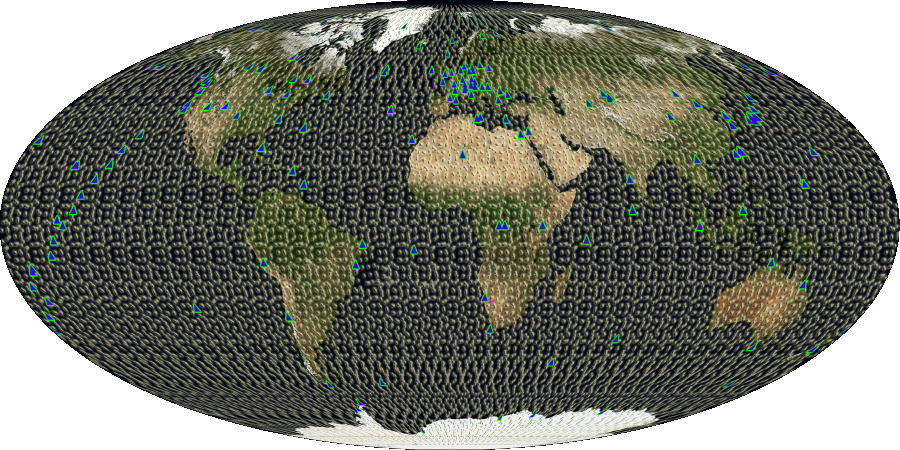
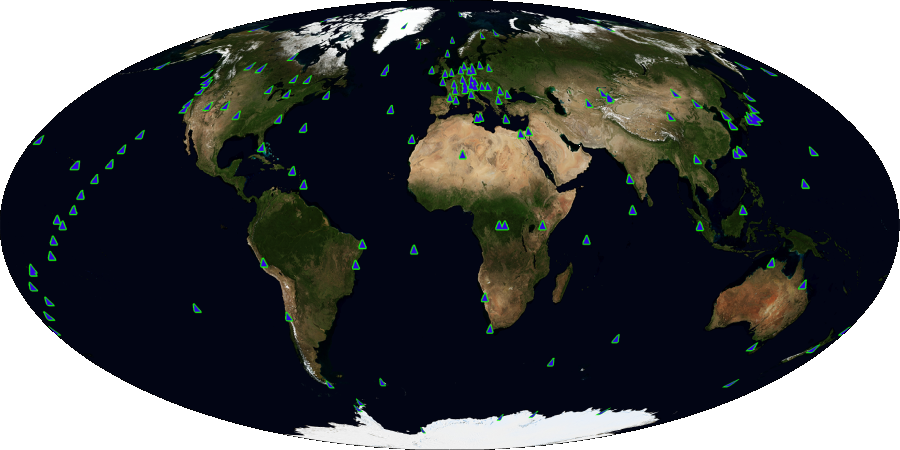
Overview
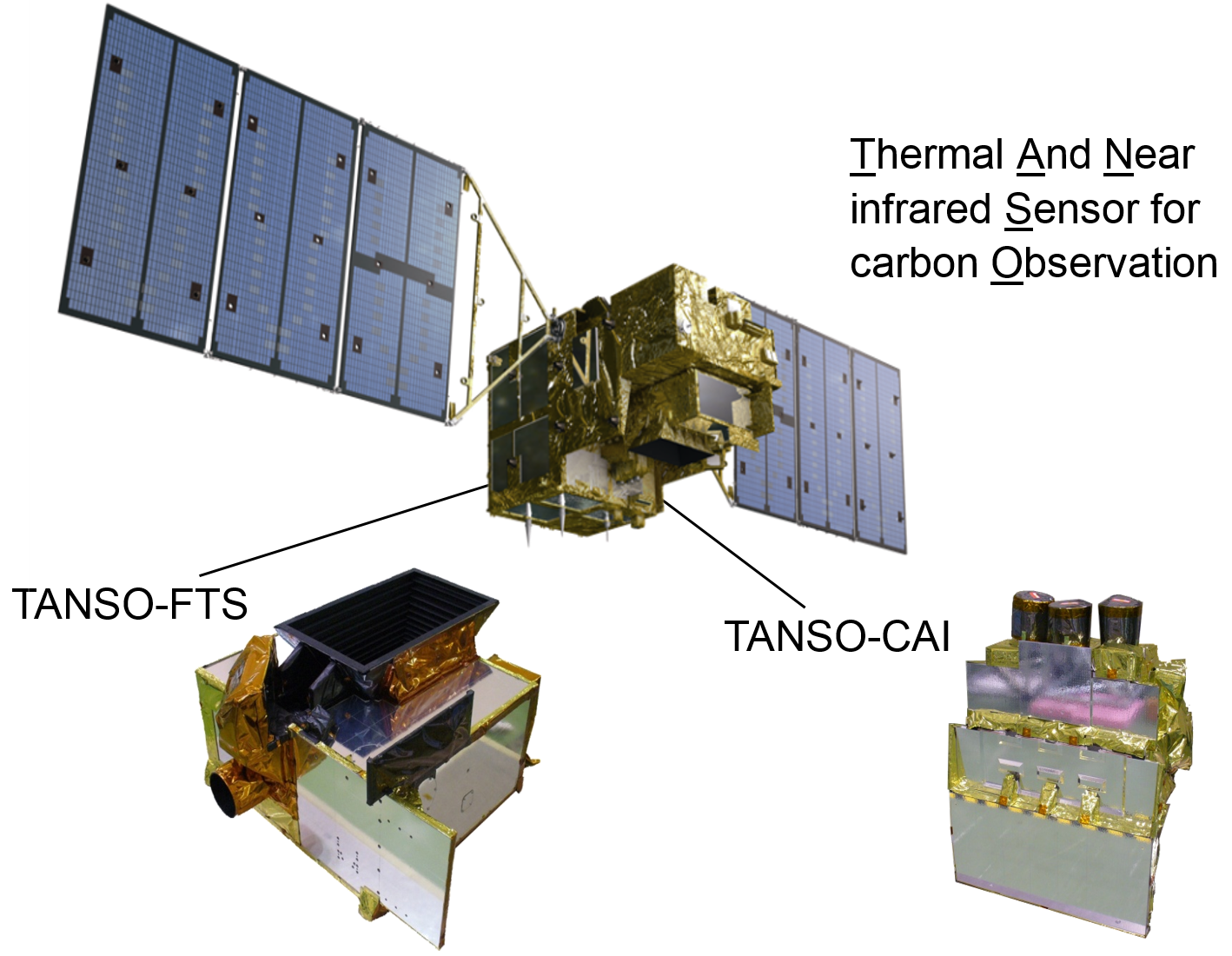 TANSO-FTS and CAI photos and design view of the GOSAT satellite on-orbit.
TANSO-FTS and CAI photos and design view of the GOSAT satellite on-orbit.
The Greenhouse Gases Observing SATellite (GOSAT), launched into a sun-synchronous orbit on Jan. 23, 2009, monitors carbon dioxide (CO2) and methane (CH4) globally from space using two instruments. The Thermal And Near infrared Sensor for carbon Observation Fourier-Transform Spectrometer (TANSO-FTS) detects gas absorption spectra of the solar short wave infrared (SWIR) reflected on the earth's surface as well as the thermal infrared (TIR) radiated from the ground and the atmosphere. The TANSO Cloud and Aerosol Imager (TANSO-CAI) is an ultraviolet (UV), visible, near infrared and SWIR radiometer designed to determine clear soundings of the TANSO-FTS measurements and to provide cloud and aerosol optical properties.
Several years have passed since the launch, and GOSAT continues its observations beyond its 5-year mission, providing well-calibrated high spectral resolution data. The overall functions and performances are successful and no significant degradation of SNR and spectral resolution has been observed. Several anomalies were found onboard, but they have stabilized since. The Level 1 algorithms have been updated since launch in order to correct these anomalies.
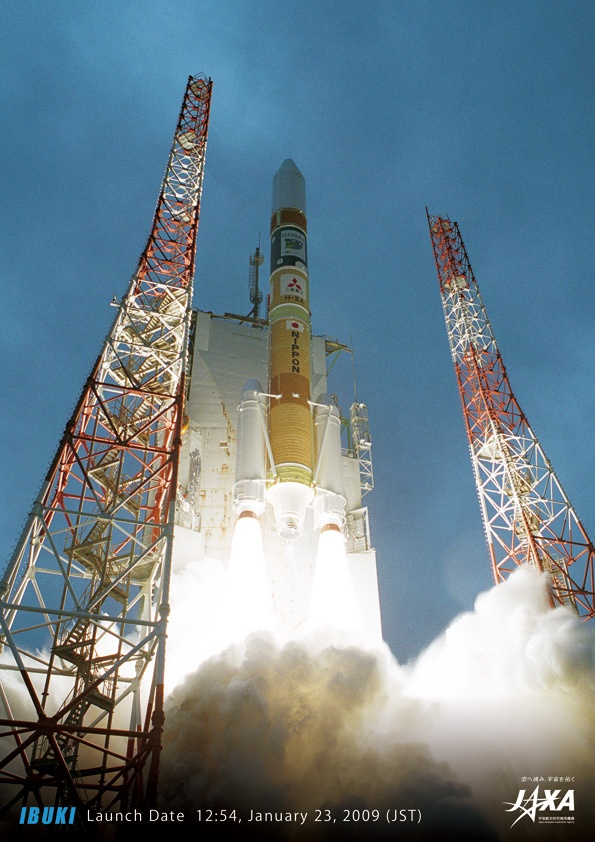
Main Specifications of GOSAT
| Size | Main body | 3.7 m (H) x 1.8 m (W) x 2.0 m (D) (Except attachment) |
|---|---|---|
| Wing Span | 13.7 m | |
| Mass | Total | 1,750 kg |
| Power | Total | 3.8 KW (EOL) |
| Design Life | 5 years | |
| Orbit | Sun Synchronous Orbit | |
| Local time | 13:00±0:15 (Feb. 2015 - Jan. 2016) 12:46-12:52 | |
| Altitude | 666±0.6 km | |
| Inclination | 98.0±0.1 degrees | |
| Period | 98.1 min | |
| Re-visit | 3 days (44 rotations) | |
| Launch | Vehicle | H-IIA |
| Date | Jan. 23, 2009 | |
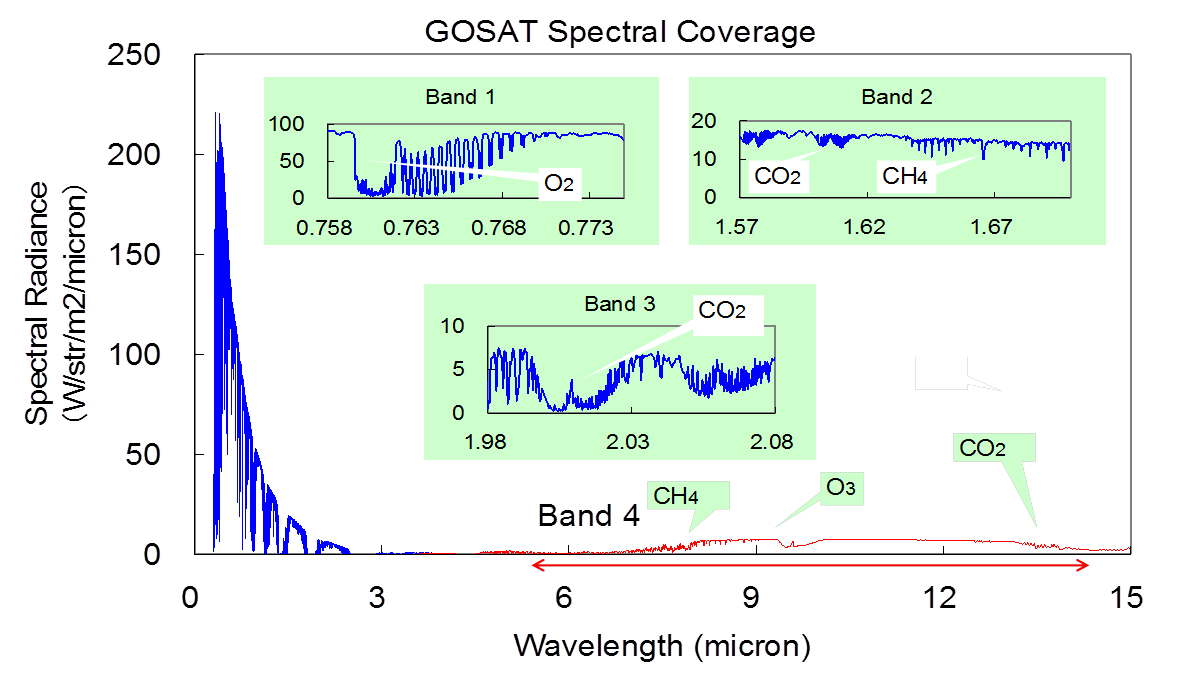
Spectral coverage of TANSO-FTS. It is capable of detecting three narrow bands (0.76, 1.6, and 2.0 µm) and a wide band (5.5-14.3 µm) with 0.2 cm-1 spectral resolution (interval).